Workplaces Relying on Titanium More and More
Titanium has become dramatically more significant in recent years as a work piece material in machine shops. Two industries are driving this. One is aerospace. The latest aircraft designs use dramatically more titanium than planes of the past. The other is the medical industry. Titanium is a common material used for implants and devices used within the body. Titanium’s high hardness and low thermal conductivity make it more challenging to machine than other metals that most machine shops are more accustomed to facing.
Pros and Cons… But Mostly Pros
Titanium has become a favored material for aerospace applications but has a reputation for poor machinability. Titanium can be expensive to machine. Components are usually carved out of the material, so there’s a lot of material waste. The cutting tool, not the material, absorbs the intense heat during machining, which often causes premature tool failure. Because it usually runs at low RPMs, it’s a slow material to machine. Titanium also is highly flammable and poses potential safety risks. You need tools that go fast, stay cool, increase your output, and complete the job without failure. Tool life increases up to 100 percent compared to conventional coolant delivery tools.
Machining and Cutting of Titanium
Many clichés have been associated with titanium since it made its appearance in the technological field more than 40 years ago, but one is certainly not true: that it is difficult to be machined. This reputation is probably due to the incorrect approach of many new users who have ignored the Physical characteristics of titanium. In fact, if specific machining approach and the minimum experience are required in any job, machining titanium does not present any particular difficulty and can be undertaken by any workshop that works with commitment and professionalism.
General Principles on Titanium Machining
The term machining refers to all the types of working with removal of chips; it also includes cutting. The first activities include turning, boring, milling, drilling, tapping, broaching, planning, toothing, grinding and lapping. Cutting could logically be restricted to sawing or nibbling. lt is not more difficult to work with titanium than with stainless steel, which is commonly machined today.
Only Ti-alloys, with high number of alloy elements, may present greater difficulties. Machining Grades 1, 2, 3, 4, 7 and 11 presents no particular difficulties as long as chemical and physical characteristics are understood correctly as we said before. All these characteristics distinguish Ti from other structural materials and regulate the degree to which it can be worked.
